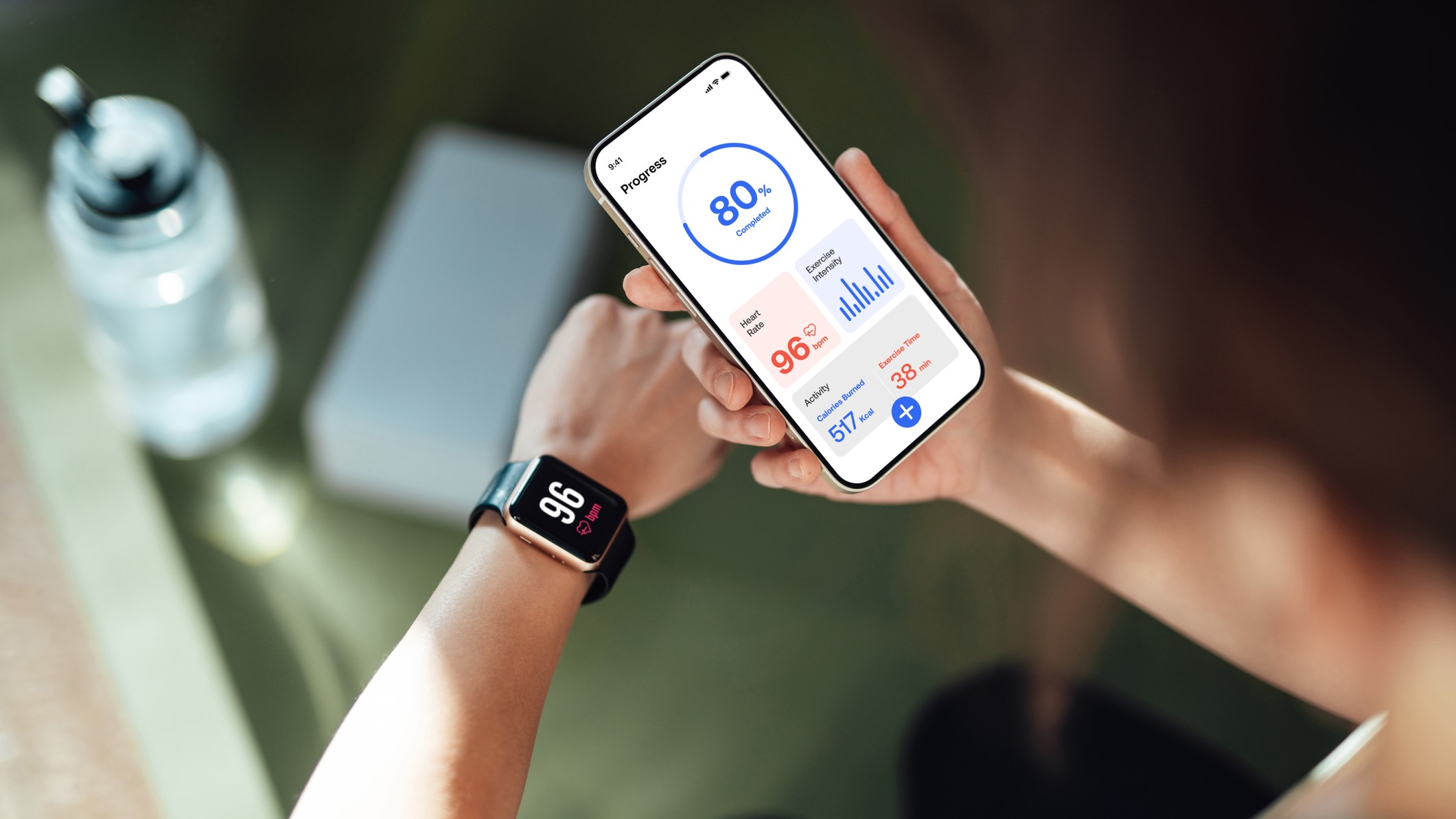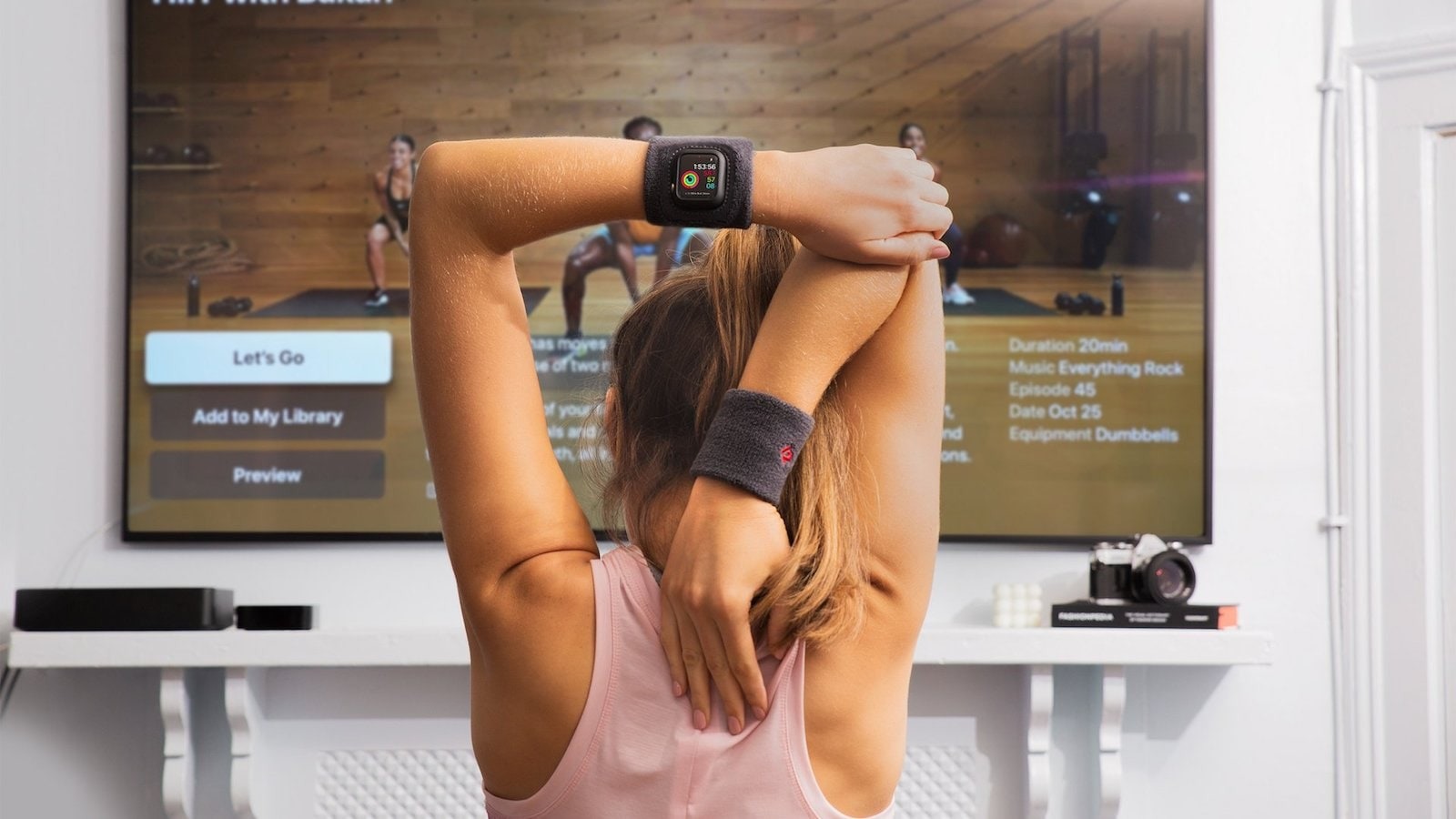Fitness trackers have become essential tools for those looking to monitor their health and improve their overall well-being. With various models available, they offer features that cater to different activities and personal goals. Choosing the right fitness tracker can play a significant role in reaching fitness milestones and maintaining motivation.
In 2024, several fitness trackers stand out due to their design, functionality, and user reviews. Innovations in technology have led to more accurate tracking of physical activities, sleep patterns, and health metrics. This article will highlight the four best fitness trackers currently available, helping readers make informed decisions based on their lifestyle and preferences.
1) Fitbit Charge 5
The Fitbit Charge 5 is a popular fitness tracker known for its user-friendly design and comfort. It fits well on the wrist, making it easy to wear throughout the day and night.
This model offers a wide range of features that help users monitor their health. It includes heart rate tracking, sleep tracking, and stress management tools. These features provide valuable insights into daily habits.
The Charge 5 stands out as the only Fitbit tracker with built-in GPS. This allows users to track their outdoor activities without needing a phone. The tracker also connects to the Fitbit app, where users can analyze their data and set fitness goals.
In addition to tracking workouts, the Charge 5 encourages a healthy lifestyle. It offers reminders to move and stay active throughout the day. Users appreciate its ability to help them make positive changes.
The Charge 5 is often praised for its design and functionality. It combines fitness monitoring with smartwatch features, making it a versatile option for many users.
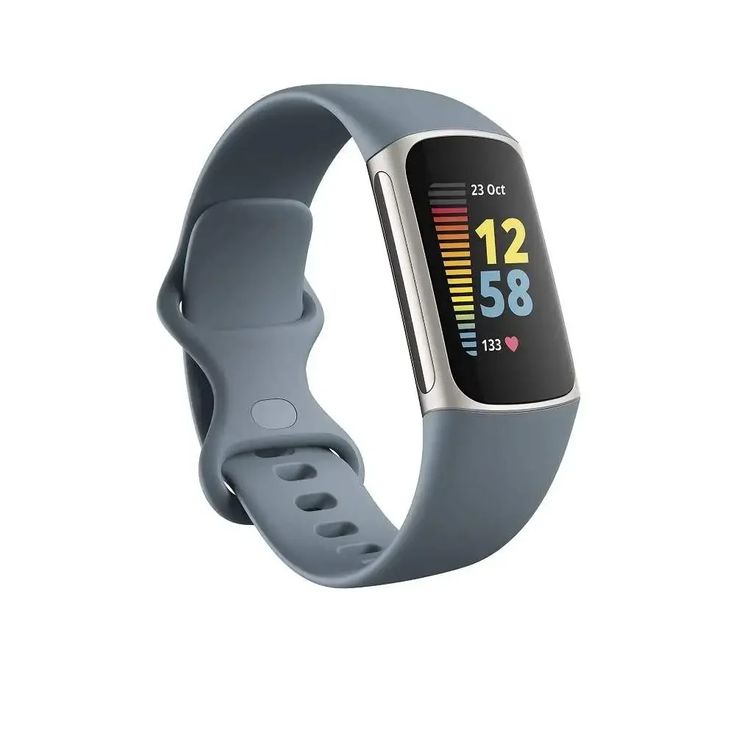
2) Garmin Venu 2
The Garmin Venu 2 is a popular choice among fitness enthusiasts. It combines style and functionality in one device.
This tracker features a bright AMOLED display, making it easy to read in various lighting conditions. With a battery life of up to 11 days, it can keep up with busy lifestyles.
The Venu 2 offers a wide range of health and fitness monitoring options. It tracks heart rate, sleep, and stress levels, helping users stay informed about their well-being.
Additionally, it includes built-in GPS for tracking outdoor activities without needing a phone. Users can choose from multiple sport modes, ensuring accurate tracking for different workouts.
The Garmin Connect app enhances the experience by allowing users to view detailed stats and share progress with friends. This feature encourages motivation and helps set fitness goals.
Its design is sleek and comfortable, making it suitable for everyday wear. The Garmin Venu 2 is ideal for anyone looking to improve their fitness routine while maintaining style.
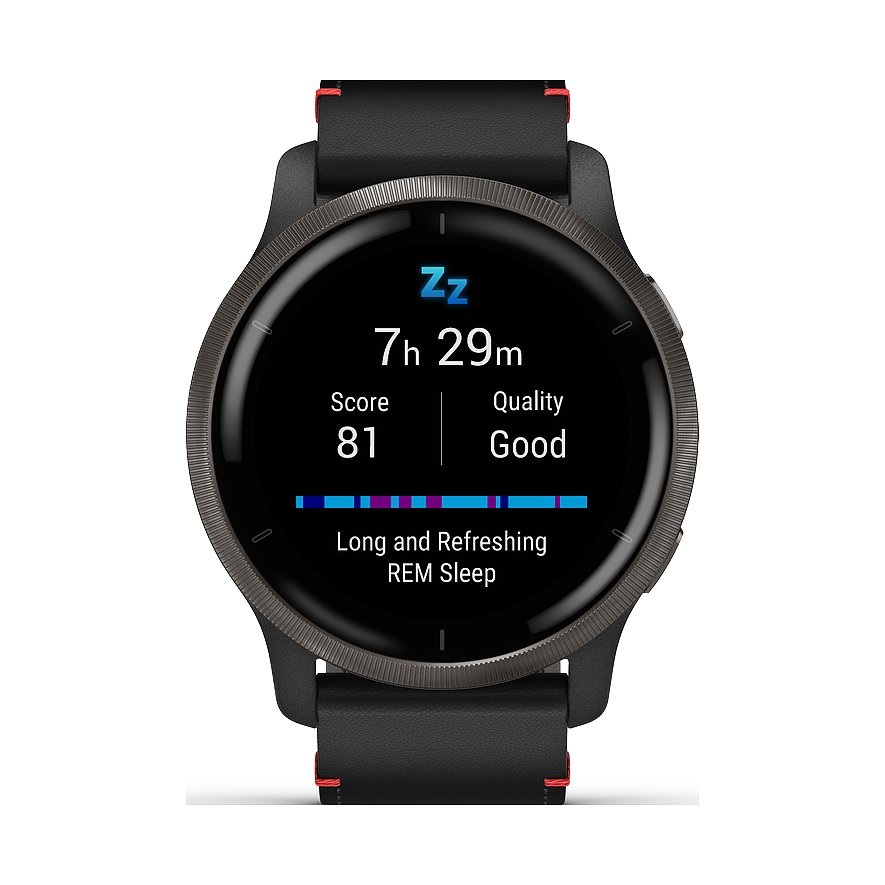
3) WHOOP 4.0
WHOOP 4.0 is a fitness tracker aimed at serious athletes and health enthusiasts. Launched in 2021, it is known for its advanced health monitoring features.
This device tracks various metrics like sleep, recovery, strain, and stress. It does not have a display, so users view their data through the Whoop app. This setup helps athletes focus on their performance rather than distraction from screen usage.
The WHOOP 4.0 is lighter than its predecessor and includes additional sensors. It is also waterproof, making it suitable for a range of activities. Users appreciate its ability to monitor blood oxygen, skin temperature, and heart rate.
While not designed for live tracking during workouts, it excels in providing insights after activities. This feature helps users understand their health trends over time. For fitness enthusiasts looking for detailed health analytics, WHOOP 4.0 is a powerful tool.
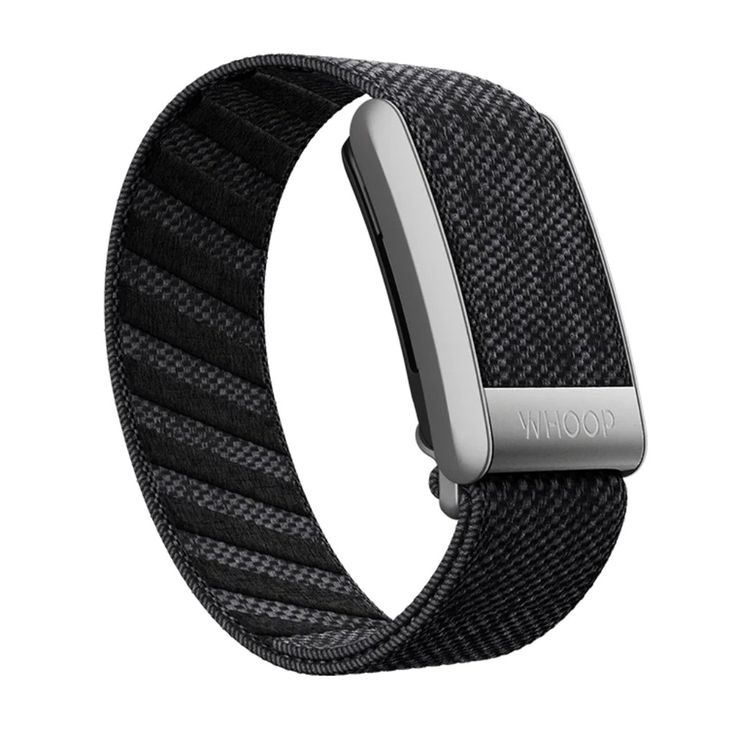
4) Apple Watch Series 9
The Apple Watch Series 9 is a strong contender in the fitness tracker market for 2024. It offers a bright 2,000-nit display, making it easy to read in various lighting conditions.
This watch comes with a comprehensive suite of fitness and health features. Users can track workouts, monitor heart rate, and use built-in GPS for outdoor activities.
It also supports a variety of third-party apps, like Nike Run Club and Peloton. This enhances its usability for different fitness routines.
Additionally, the Apple Watch Series 9 integrates well with other Apple devices. This allows for seamless syncing of fitness data, making it a great choice for those in the Apple ecosystem.
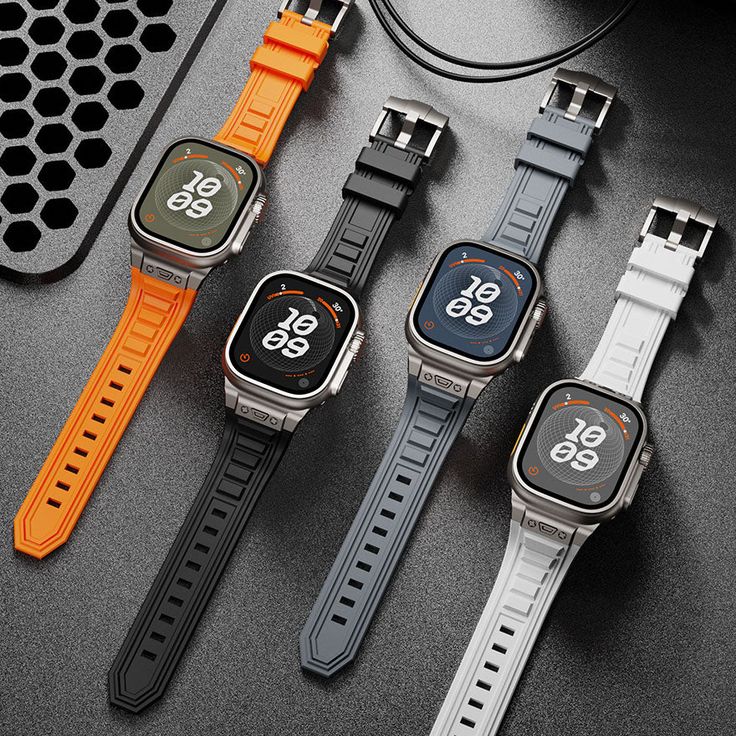
Choosing the Right Fitness Tracker
Selecting a fitness tracker requires careful thought about its features and how well it works with other devices. The right tracker should align with personal fitness goals and lifestyle.
Understanding Key Features
Fitness trackers come with a variety of features that can enhance the user experience. Key features to look for include:
- Heart Rate Monitoring: This helps track fitness levels and overall health.
- Activity Tracking: Different models measure steps, distance, and calories burnt.
- Sleep Tracking: Many trackers assess sleep quality and duration, important for recovery.
- Battery Life: Long battery life is crucial for convenience. Models like the Oura Ring 4 offer up to six days.
Some trackers also offer specialized features such as GPS for runners or fitness coaching. It’s essential to match these features to personal fitness goals. For someone focused on running, GPS is a must, while a casual walker may prefer a simpler model.
Compatibility with Other Devices
Compatibility is key when choosing a fitness tracker. Most trackers sync with smartphones and tablets, allowing users to access and analyze their data easily.
- App Integration: Check if the tracker’s app is user-friendly and provides valuable insights.
- Operating Systems: Ensure the tracker works with the user’s device, whether it’s Android or iOS.
- Wearable Compatibility: Some fitness trackers can connect with other wearables, such as smartwatches or heart rate monitors.
Compatibility affects how seamlessly users can integrate the tracker into their daily lives. A tracker that syncs easily with other devices can enhance motivation and accountability, leading to better fitness outcomes.
Maximizing the Use of Fitness Trackers
Using fitness trackers effectively can greatly enhance health and wellness routines. By setting clear goals and analyzing health data, users can make informed decisions about their fitness journey.
Setting Realistic Goals
Users should begin by establishing achievable fitness goals. This involves identifying specific objectives, like aiming to walk 10,000 steps a day or improving sleep quality.
- SMART Goals: Utilize the SMART criteria (Specific, Measurable, Achievable, Relevant, Time-bound) to create structured targets. For instance, a user might plan to run a 5K in three months.
- Adjustable Goals: As users progress, they should reassess their goals regularly. This helps in maintaining motivation and ensuring that challenges align with current fitness levels.
Trackers often include features that allow for personalized goal setting. Users can leverage these tools to stay focused and track progress.
Analyzing Health Data Effectively
Understanding the data provided by fitness trackers is crucial for maximizing their benefits. Users should take time to review metrics regularly.
- Key Metrics: Focus on important data points, such as heart rate, calories burned, and sleep patterns. This information can provide insights into overall health and fitness levels.
- Trends Over Time: Rather than fixating on daily fluctuations, users should look for trends over weeks or months. This helps in recognizing patterns or changes that may need attention.
Fitness apps associated with trackers often present data visually. Users should utilize charts and graphs to make sense of their progress and adjust their activities accordingly.
